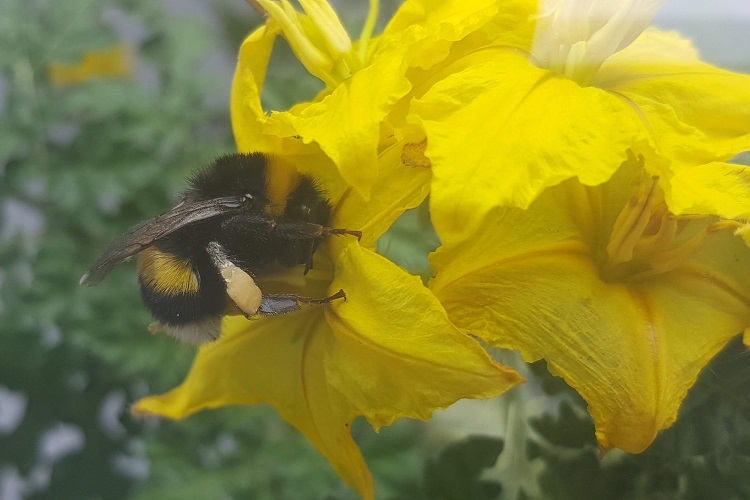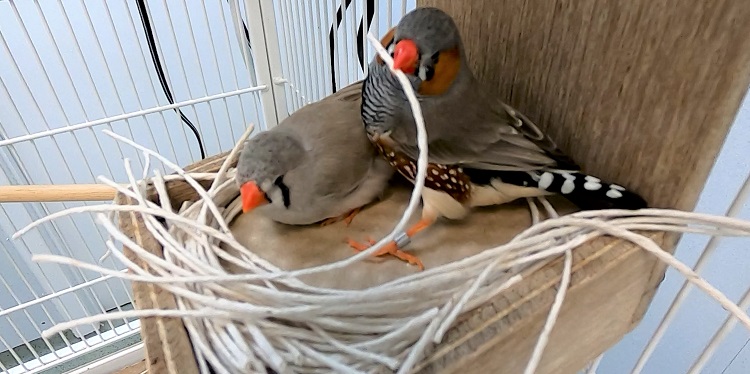Hands off

New research led by the University of St Andrews reports that human hands are not required to do clever things.
The research, led by scientists from the School of Biology and published in the journal Proceedings of the Royal Society B (Wednesday 17 March 2021), investigated how animals perform skilful tasks often associated with dexterity and human hands, which could have future implications for the development of novel robotic designs.
Having hands has enabled humans to develop pivotal innovations and, as such, the standard perception is that hands are necessary for complex actions such as making and manipulating tools. Current understanding of manipulation of objects is based on primate hands, resulting in a detailed but narrow perspective of ways to handle a variety of items. Although most other animals lack hands, they are still capable of flexible manipulation of diverse objects, including food and nest materials, and depend on dexterity in object handling to survive and reproduce.
The new research, in collaboration with the School of Informatics at the University of Edinburgh, compared data from primates, birds and insects and how each animal senses and grasps objects. Birds, for instance, use their bills and feet to forage and build nests, while insects carry food and construct nests with their mandibles and legs. Bird bills and insect mandibles are much simpler than a primate hand, and often more closely resemble simple robotic grippers than hands. By investigating this the researchers suggest redirecting the focus of manipulation research beyond hands to provide a broader comparative perspective on the origins of dexterity.

Lead author of the study, Dr Shoko Sugasawa, Biotechnology and Biological Sciences Research Council (BBSRC) Fellow at the University of St Andrews, said: “Many animals handle objects every day, just to eat or raise their kids. Most of them achieve this without using hands because they don’t have them!
“Animals like birds crack open seeds or remove feathers from prey simply using their bills while animals like your pet dog or cat use their nose and paws to push and hold their toys. Because as a human I rely on my hands so much, I find this behaviour of manipulation without hands extraordinary. But for these animals it is part of everyday life. And because manipulation happens in such diverse ways, animals provide a rich source of inspiration for novel robotics.”
Manipulation of natural objects is a major, and largely unsolved, problem for robotics. Although recent advances in gripper design, new sensory systems and new algorithmic approaches have improved performance of robotic systems in these areas, many potential robotic applications are severely limited by the inability of robots to grasp diverse objects with efficiency and reliability. It remains the case that state-of-the-art robot systems are easily outperformed by animals, including those without hands.
Co-author of the paper, Barbara Webb, Professor of Biorobotics at the University of Edinburgh, is about to start a new Engineering and Physical Sciences Research Council (EPSRC) funded project to explore how the skilled manipulation of insects can inspire novel robotic solutions. Studying manipulation in birds and insects not only suggests novel robotic designs but can serve as a link between the fields of animal behaviour, animal cognition, functional morphology, and biomechanics.
The paper ‘Object manipulation without hands’ is published by the Proceedings of the Royal Society B and is available online.
Please ensure that the DOI for the paper (doi.org/10.1098/rspb.2020.3184 ) is included in all online stories and social media posts and that the Proceedings of the Royal Society B is credited as the source.
Issued by the University of St Andrews Communications Office.